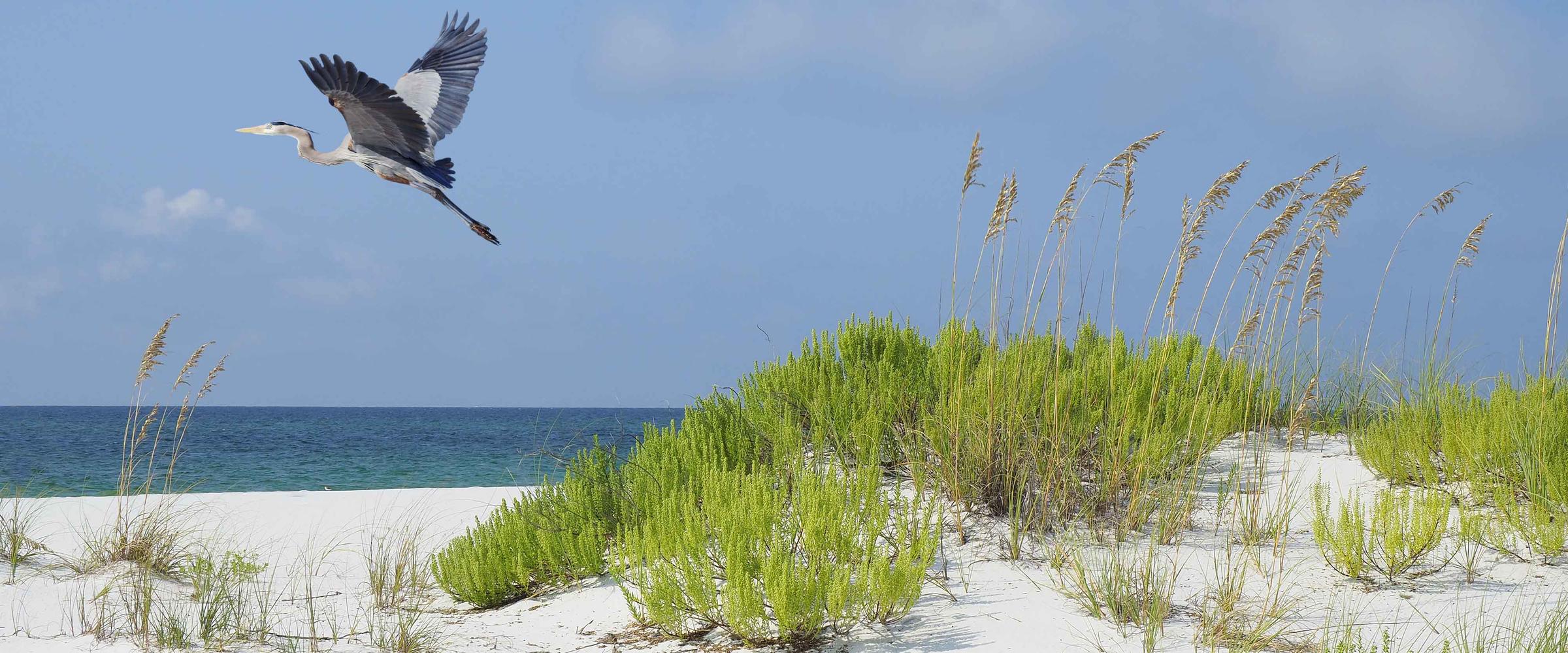Breaking News: H.R. 5787 passed the U.S. House on Friday, November 16, 2018 with strong bipartisan support (375 to 1)
By: Heidi McCree and David Yarnold
When tragedy strikes our coasts with hurricanes and extreme storms, property owners often lean on federal tax dollars to recover. And it’s right for tax dollars to help pick up the pieces after rare catastrophic events.
But unfortunately, in some of the most hazard-prone areas, damage to coastal property is a recurring event—as are the repeated costs to the public. These federal dollars have the unintended consequence of subsidizing rebuilding and new construction in coastal areas where future, repeated loss is a near certainty.
To help break this cycle in areas at highest risk and greatest ecological value, President Ronald Reagan signed the Coastal Barrier Resources Act (CBRA) in 1982 with strong bipartisan support. Both Republicans and Democrats hailed the measure, and Reagan described it as “simply adopting the sensible approach that risk associated with new private development in sensitive coastal areas should be borne by the private sector, not underwritten by the American taxpayer.”
This common-sense legislation does not prohibit development; it just removes the American taxpayer from the job of paying for it. As a result, the Coastal Barrier Resources Act has already saved billions while helping steer coastal development toward less vulnerable areas.
This Act is a cornerstone of protecting Florida’s economy and ecology, but there are hazardous coastal areas not yet protected under the original act. This is why current legislation (H.R. 5787) is so important, extending the protections to additional vulnerable areas including modest expansions throughout Florida.
This legislation protects an additional 17,000 coastal acres in hurricane-prone states, including Florida, South Carolina, North Carolina, and Delaware.
In addition to the millions of people affected by the deadly hurricanes of 2017, the U.S. Treasury also took a hit. The National Flood Insurance Program suffered a $16 billion blow in 2017, on top of roughly $25 billion in existing debt.
But coastal construction in hazardous and ecologically fragile areas does more than eat up federal funds; it impairs waterways, degrades wildlife habitat, and puts people and businesses at risk.
About 40 percent of America’s population is crowded into coastal areas that make up less than 10 percent of America’s land. These same areas in Florida are also home to an astonishing array of wildlife. Iconic bird species like the Black Skimmer, Brown Pelican, and Roseate Spoonbill depend on Florida’s coasts to feed, nest, and rest during migration.
These same coastal resources support critical Florida industries. Beaches are an economic engine for Florida's tourism-based economy. They are our No. 1 tourist attraction and more than 100 million out-of-state visitors come to Florida each year. VISIT FLORIDA reports that visitors spent $112 billion at Florida businesses in 2016. The National Oceanic and Atmospheric Administration estimates that our commercial fishing industry landed nearly 97 million pounds of fish and shellfish, generating $17.7 billion in sales and almost 100,000 jobs.
About 3.3 million acres (767,000 acres in Florida) of beaches, islands, wetlands, and coastal waters are currently protected and remain lightly developed or free of construction altogether. With the legislation now before Congress, we can protect even more, steering growth to areas where it is more sustainable.
Fiscal conservatives, public safety advocates, and conservationists can all find common ground in this common-sense program--an act that saves taxpayers money, protects precious natural resources, and reduces loss of life and jobs from destructive storms and hurricanes.
| Heidi McCree is the vice chair of Audubon Florida. | |
| David Yarnold is president and CEO of National Audubon Society. |







